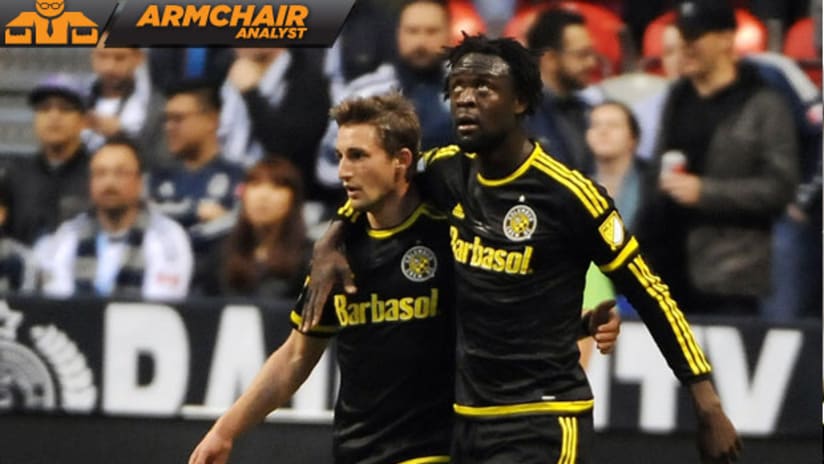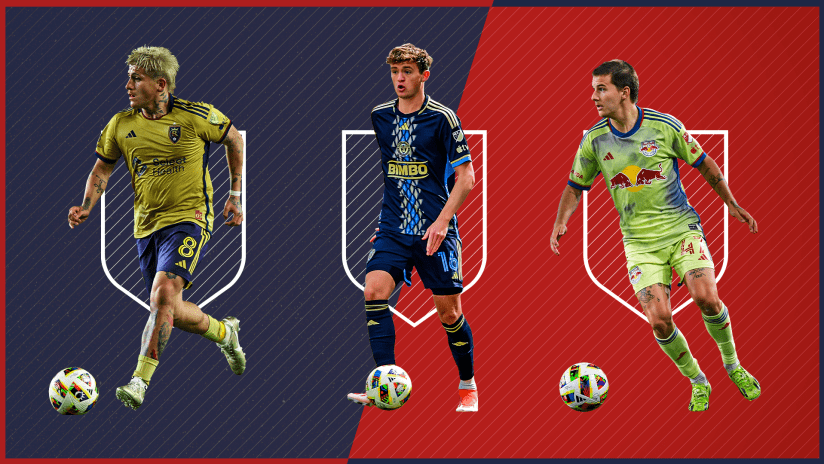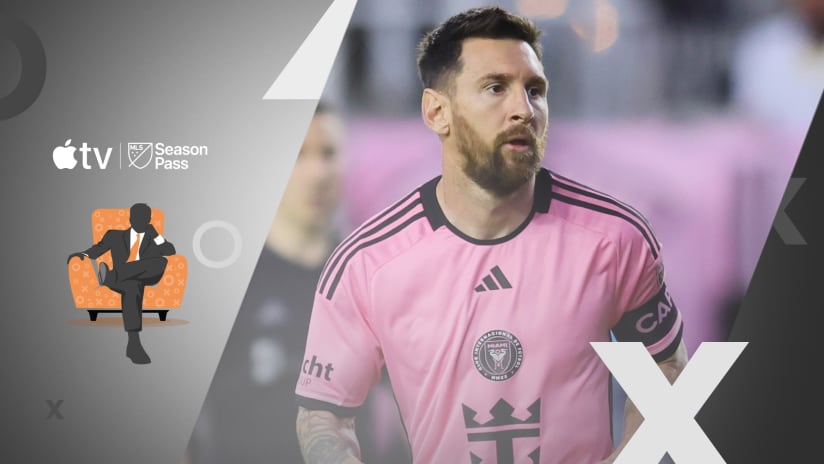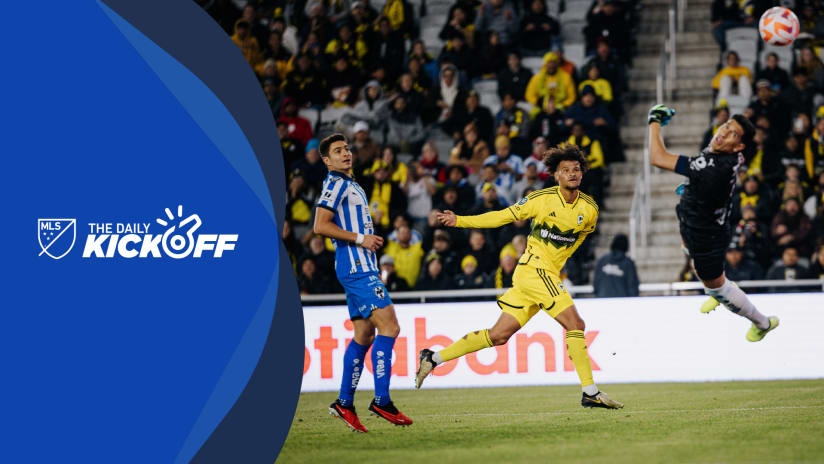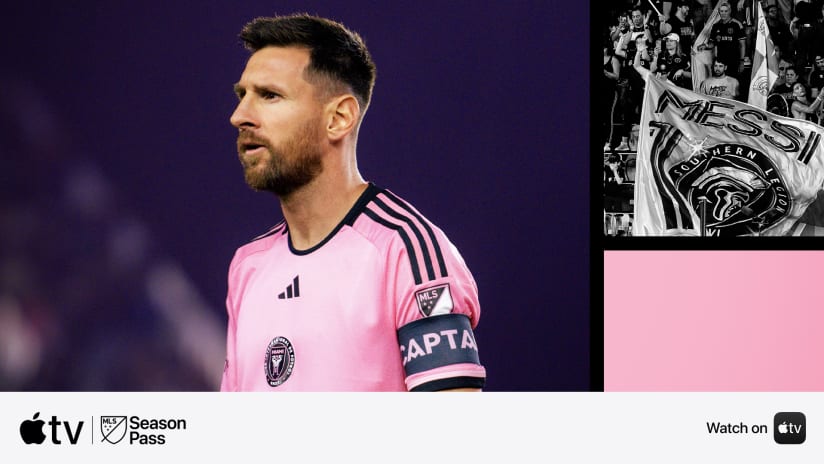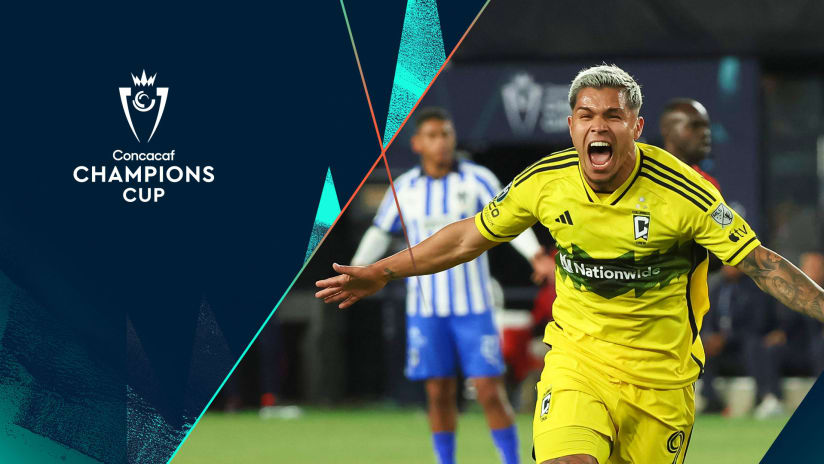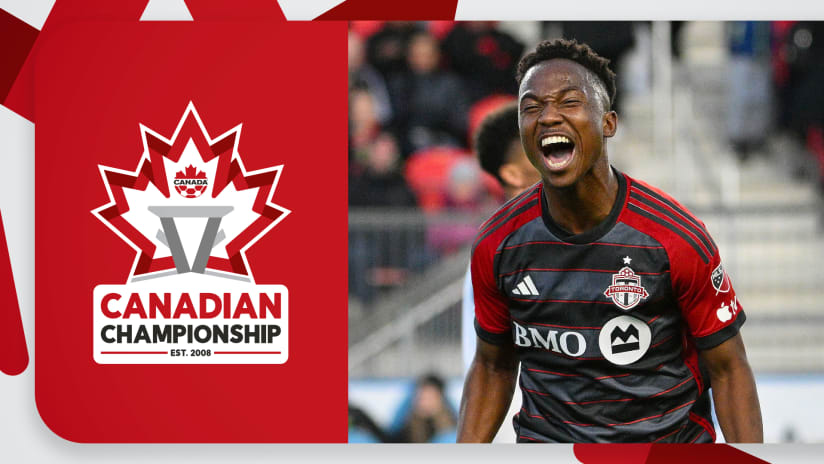Welcome back to the Thursday Q&A series, where we focus on one particular topic - today's being the long-ball - and ask you to react, share, and discuss in the comments section. However, feel free to ask about anything game-related (MLS, USL, NASL, USMNT, CanMNT, etc.) over the next several hours.
Last night, 44 minutes into what eventually became a 2-2 draw between the Vancouver Whitecaps and Columbus Crew SC, Pedro Morales did this:
That's an obscenely good ball, and it required a top read-and-react from Michael Parkhurst to prevent goal-machine Octavio Rivero from adding to his league-leading tally. It's a measure of Morales' greatness that this pass didn't elicit any special amount of comment either online or on the broadcast - he does this kind of stuff so often that we're all kind of blithely used to it by now, even if we shouldn't be.
Columbus manager Gregg Berhalter certainly didn't take Morales' skill in that department for granted, sitting his team deeper than normal and conceding over 62 percent of the possession, an unheard-of number for a Crew SC team that generally uses the ball as well as any in the league. The threat of Vancouver's counterattack was so strong that it changed the way the best possession team in MLS plays.
There were also a couple of good tactical wrinkles on the defensive side of the ball from Carl Robinson. Columbus don't hit the same type of long-balls that Vancouver do - they tend to ping diagonals to the flanks, rather than defense-splitting, direct play to the forwards. Sam Adekugbe at left back and Steven Beitashour at right back did a good job of making sure the Columbus wingers didn't find space to run into, while the 'Caps central midfield did everything they could to force the Columbus central midfield direct and up the gut.
Look at this map up unsuccessful passes from Tony Tchani, Wil Trapp and Mohammed Saeid:
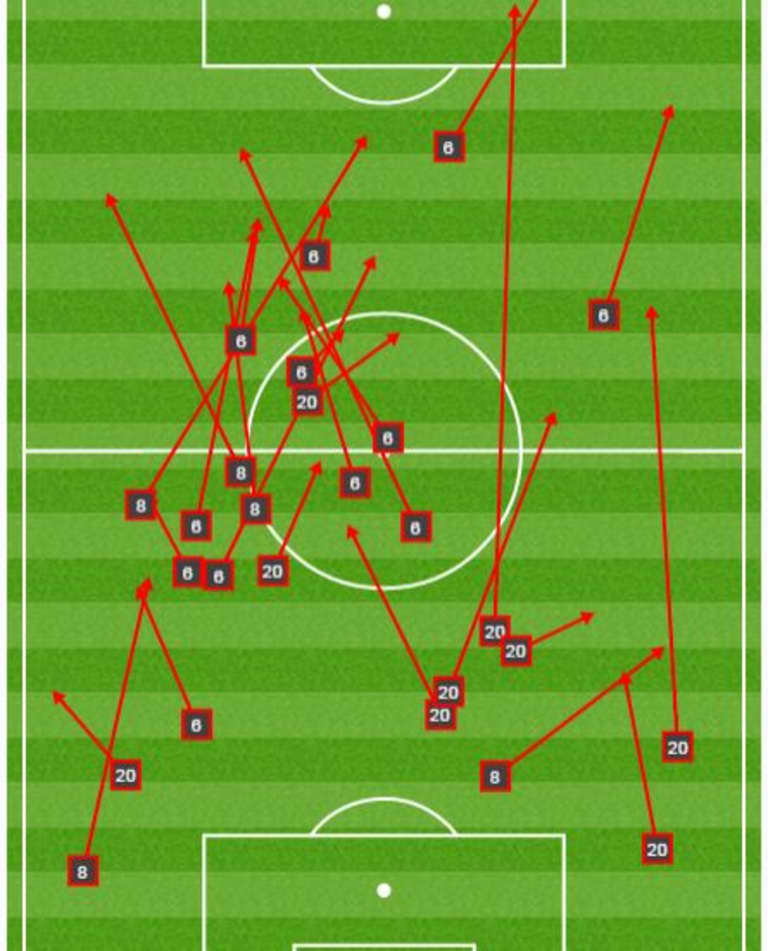
Columbus don't usually play that way. They play like THIS (click for the image), as we saw last month vs. Toronto.
The point I'm laboring to make here is that stopping the long-ball - direct or strategic - has become almost as integral to how teams play as stopping patient, intricate build-up in the final third. Most MLS teams are better in the open-field than they are when the game is small, and it seems that more and more managers are figuring that out.
So what is the countermeasure? We may have seen it on the first Columbus goal when target forward Kei Kamara drifted out wide, clearing space for winger Ethan Finlay to dart inside (watch HERE). Hybridization of skills is one of the hallmarks of modern soccer, and center forwards are going to have to get more and more comfortable operating outside the 18 while wingers are going to have to get better and better at finishing.
Fans often talk about the "central attacking midfielder" as the generator of chances, with guys like Morales being shining examples, but the game has veered pretty strongly in the direction of "forward + winger partnership" as the way the best looks are generated. The old ways aren't dead or even dying, but the new ways are certainly in the ascendant right now.
If this is making you think of the Benzema/Cristiano partnership at Real Madrid, or how Luis Suarez has been more playmaker than poacher with Barcelona... yeah, that's the blueprint for how it's executed at the highest level, and good managers all over the world love nothing more than to copy what works.
We saw a bit of it last night, and we'll see much more of it in the weeks, months and years to come.
Thanks for helping me kill off another Thursday. Check the comments section below for the back-and-forth, and come back next week for some more abuse!

